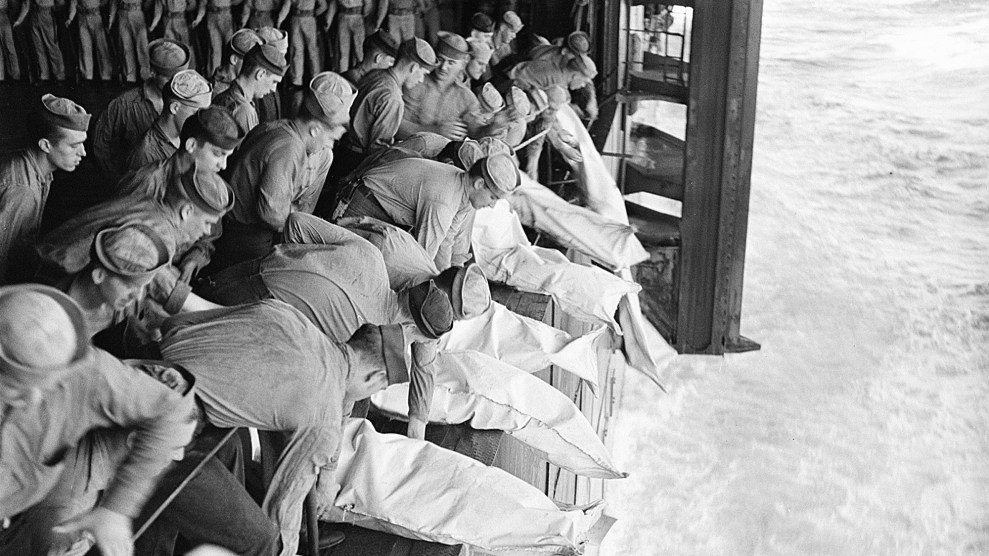
<a href="http://www.flickr.com/photos/20371597@N00/5570510654/">daniel_littlewood</a>/Flickr
In a message released in November 2004, Osama bin Laden declared, “We are continuing this policy in bleeding America to the point of bankruptcy.” The United States’ reaction to the September 11 attacks, he reasoned, proved that terrorism’s power lay not simply in its potential for carnage but in its ability to prod a superpower to incur costly, crippling financial expenses in its pursuit of security. “The real loser,” he concluded, would be “the American people and their economy.”
Bin Laden was killed a year ago, ending what was arguably the most costly manhunt in history. However, his death did not mark the end of the massive expenses racked up during the decade following September 11, many of which will be with us for the forseable future. A quick look at the numbers:
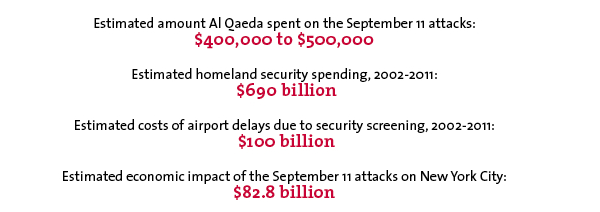
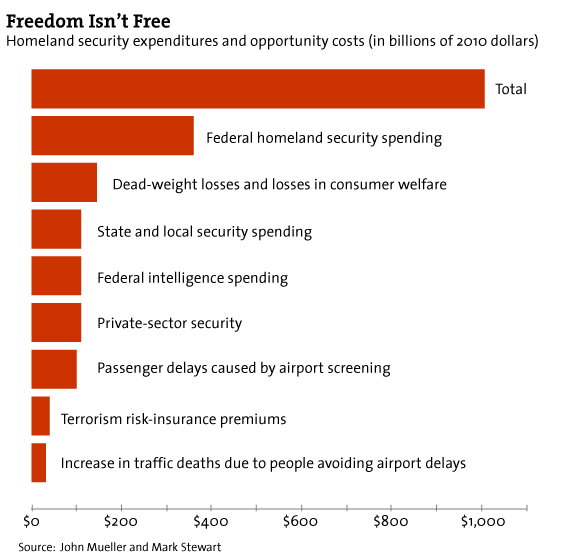
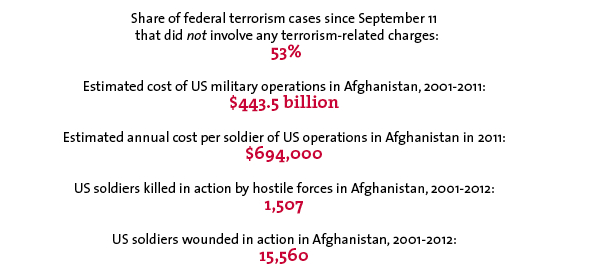
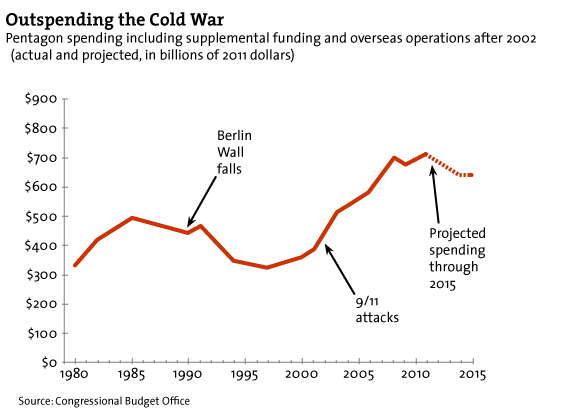
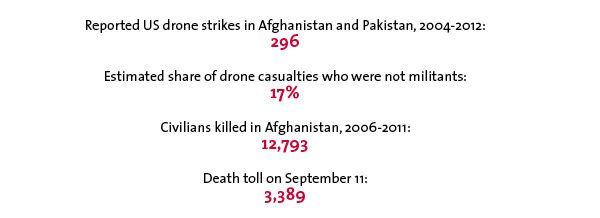
Sources:
Cost of 9/11 attacks: 9/11 Commission (PDF)
Homeland security costs: John Mueller and Mark Stewart, Slate
Economic impact of 9/11: New York City Comptroller (PDF)
Homeland security costs (chart): John Mueller and Mark Stewart, Slate
Terrorism prosecutions: Mother Jones (See our special report on these cases.)
Costs of military operations in Afghanistan: Congressional Research Service (PDF)
US military casualties: Department of Defense
Pentagon spending (chart): Congressional Budget Office (PDF)
Civilian casualties: United Nations Assistance Mission in Afghanistan, The Guardian
Drone attacks and casualties: Peter Bergen and Katherine Tiedemann, New America Foundation
9/11 death toll: the New York Times (Does not include hijackers.)




